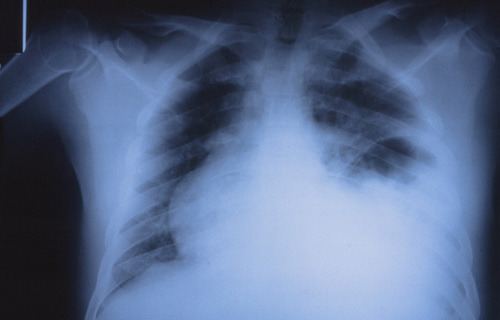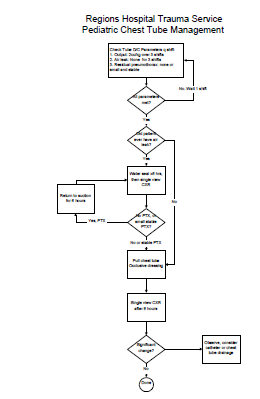How much pain medication should you give your patients to take home? The ideal? As much as they need for adequate relief for a reasonable period of time. The reality? Nowhere near enough.
I see this problem from every level of provider, from interns to senior physicians. I recently underwent surgery on my arm as an outpatient procedure. I was sent home with a prescription for oxycodone 5mg / acetominophen 500mg. It was written to be taken 1-2 tabs q4-6 hours as needed for pain. How many did I get? Twenty!
Now, let’s do the math. If I were to take the maximum 8 per day, this would last me exactly 2.5 days. I’m scheduled to see my provider in 8 days. In the US, this is a Schedule II narcotic, which means my pharmacist needs a paper prescription in his hand to fill it. Phone or fax orders are not acceptable. If I need more before my office visit, I have to get a phone order for a less powerful analgesic, or I have to ask someone to drive to the office and pick up a new paper prescription. For more than 20, I hope. And what if it were a weekend?
Bottom line: DO THE MATH! Give your patients enough medication to get them to their next appointment, commensurate with the amount of pain you expect them to have. For the prescription above 50-60 tabs would have been more appropriate, or a little less (40) if you expected them to taper their dose during the week. Patients with legitimate analgesia needs cannot get addicted in these short time frames for minor to moderate injury.
Related post:






